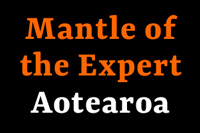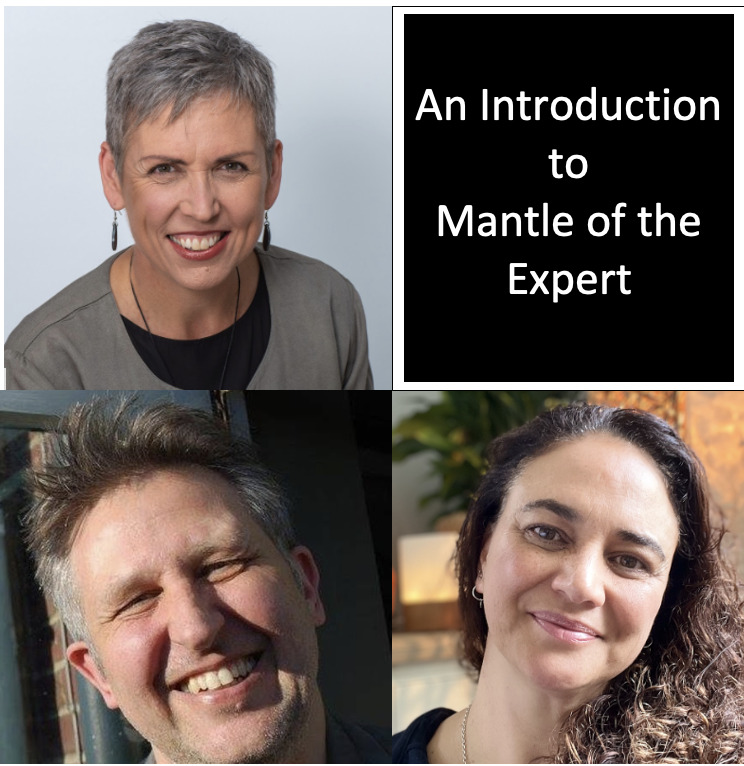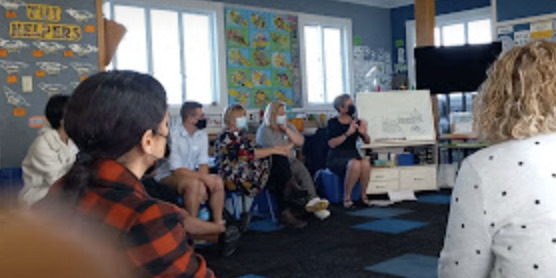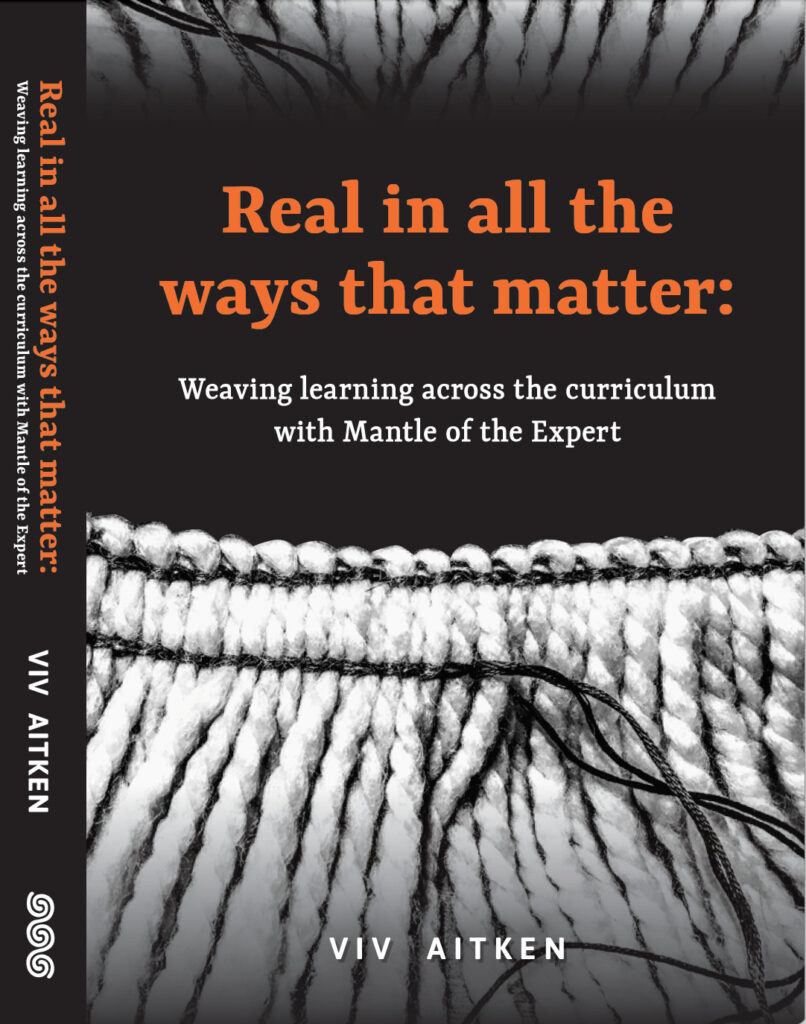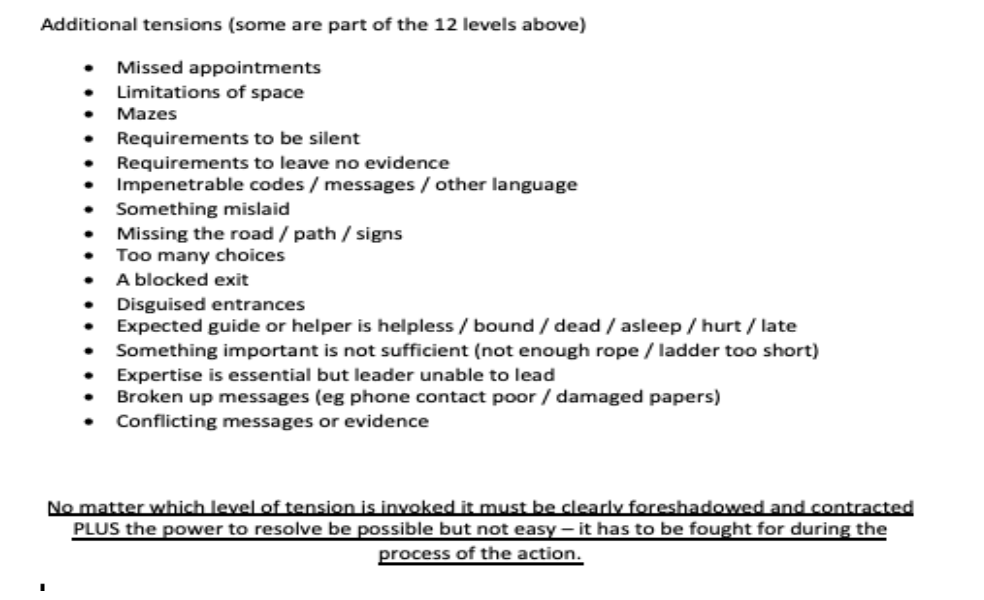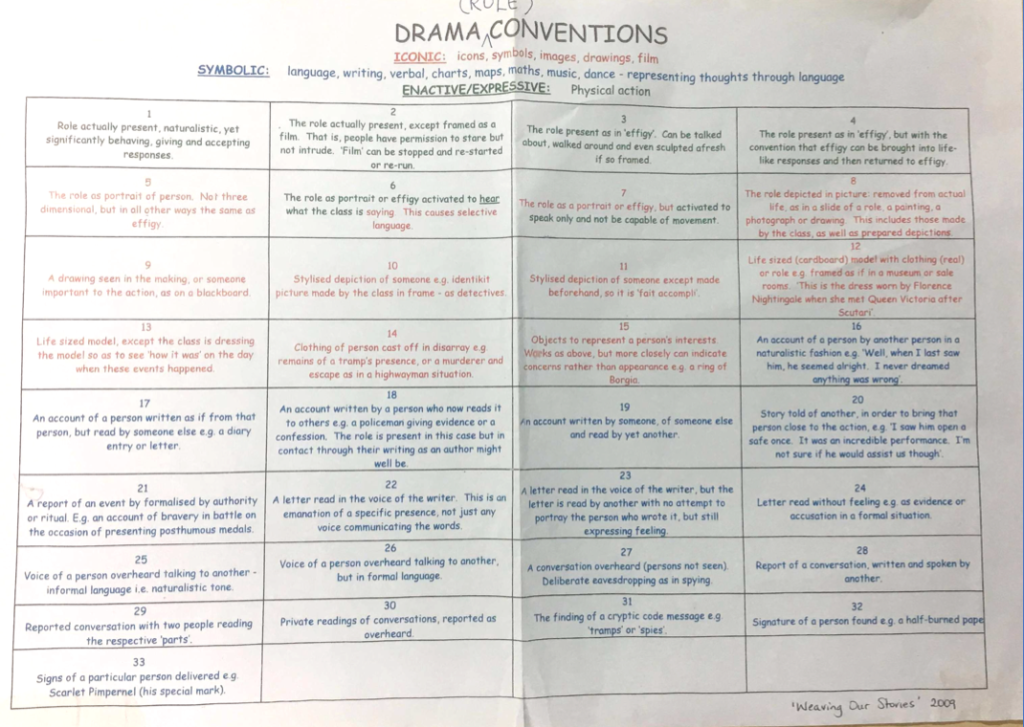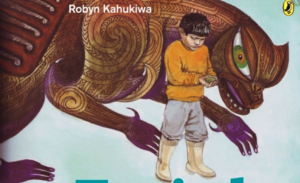This new book by Viv Aitken, is available from NZCER from 14th April 2021
Drawing on a decade of classroom practice, research and professional development, the book will be of interest to teachers and researchers around the world. However, it is written specifically with the local education context in mind, with references to the New Zealand curriculum, and familiar metaphors of weaving used throughout.
Viv explains that the book’s title emerged from a classroom conversation:
‘A few years ago I was teaching a Mantle of the Expert experience to a class of 9-year olds. One of the children asked whether what we were doing was real or made up and I replied, “we’re creating a story together using imagination”. The child seemed satisfied with this clarification. Just then another boy in the class spoke up: “It’s real” he said quietly and emphatically, “in all the ways that matter.” His words capture the depth and complexity of Mantle of the Expert so perfectly I could think of no better title for this book.’
The text is wide ranging, including chapters on the history and development of Mantle of the Expert, the steps required to plan and implement a Mantle of the Expert experience, tools for enhancing teaching, tips and advice for getting started, and a section on why Mantle of the Expert is such a good fit for the goals of twenty-first century education.
Real in all the ways that matter has received very positive comments from reviewers, including this from Prof Brian Edmiston (Ohio State)
“Open this book to discover why and how you can transform your classroom with the Mantle of the Expert approach to dramatic inquiry. The theoretical sections and the descriptions of practice are as carefully created, presented, and engaging as Viv’s masterful teaching. Inquire, savor, and then share this gem with your teaching colleagues.”
Copies of Real in all the ways that matter can be ordered from NZCER at this link. Cost is $55.00 NZ
